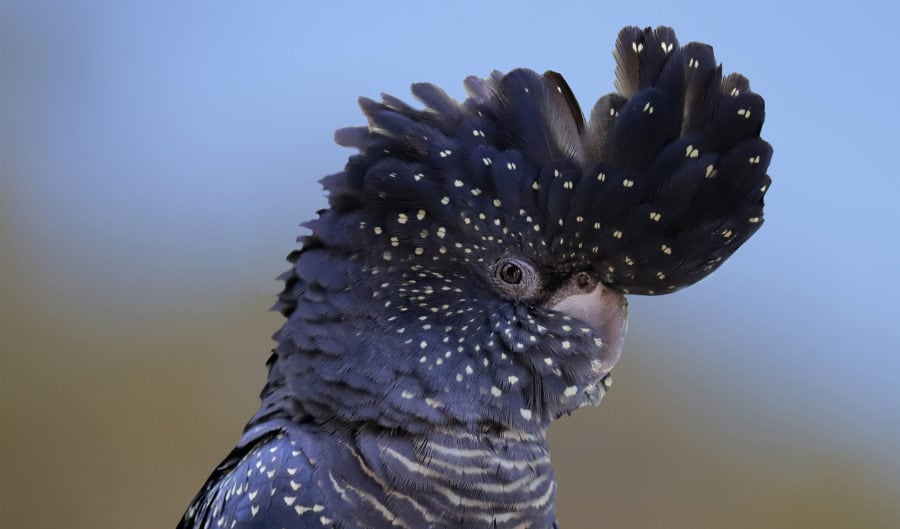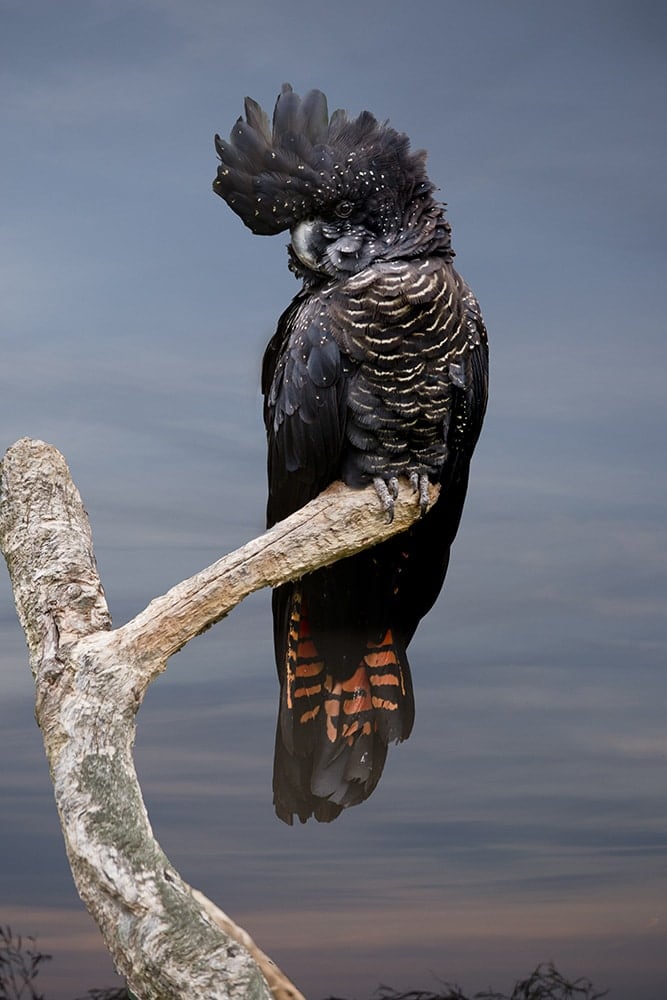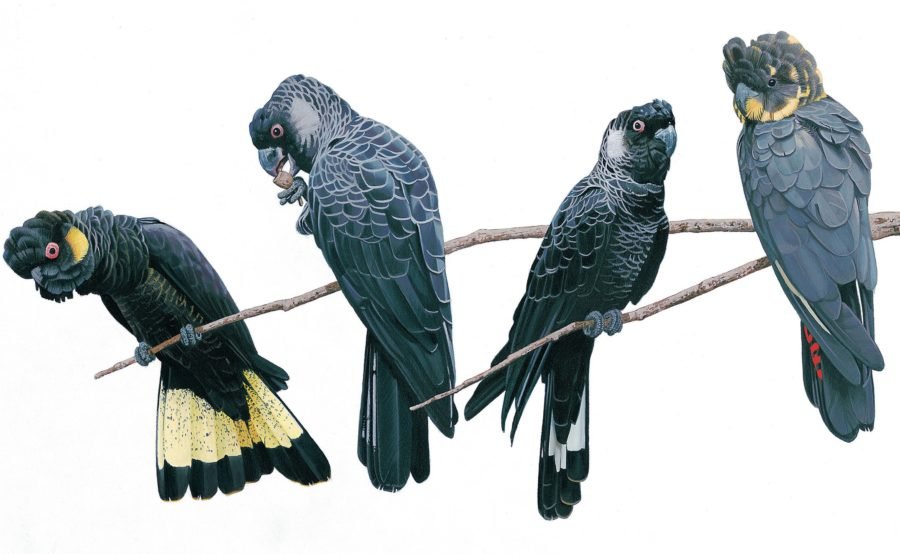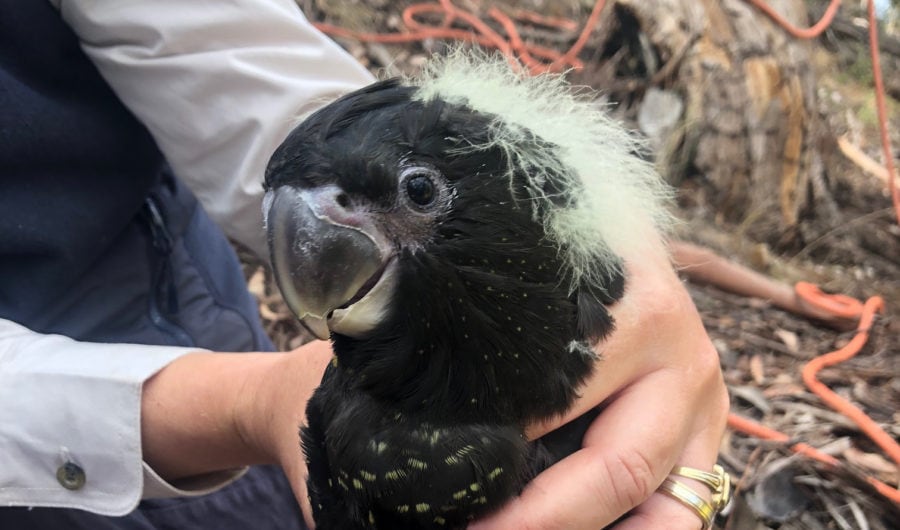New subspecies of red-tailed black cockatoo discovered

AFTER YEARS OF research, scientists have discovered a new subspecies of the iconic red-tailed black cockatoo in Western Australia’s midwest and the Pilbara.
The red-tailed cockatoo can be found across Australia, but previously only five subspecies were recognised and could be told apart from various physical differences.
The first comprehensive genetic assessment of the red-tailed black-cockatoo by scientists at the Australian Museum, University of Sydney, University of Edinburgh and CSIRO has revealed that, rather than being a part of the samueli subspecies, the new subspecies, escondidus, has different genetic makeup.
The ‘escondidus’ part of the new subspecies name means ‘hidden’ describing the decades it took to identify the subspecies, despite being hidden in plain sight, mistaken for samueli.
“The apparent physical similarities between escondidus and samueli are likely to be the result of a process known as convergent evolution,” says Australian Museum researcher Kyle Ewart. “They have evolved to be similar because they both feed on the ground and live in similar arid and semi-arid habitats.”

The genetic assessment looked at the red-tailed black cockatoo across it’s whole range, using 100-year-old museum specimens and roadkill.
In addition to the new subspecies they discovered, the researchers found that the graptogyne subspecies of western Victoria and south-eastern South Australia has the lowest level of genetic diversity, and is likely to suffer from inbreeding.
“The genetic data from our study allow us to outline a strategy to rescue graptogyne from its continued loss of genetic diversity,” says Kyle.
“Protecting and maintaining these distinct units of genetic variation will maximise the chances of the species persisting in the wild.”
The next step will be to assess the ecology of the new subspecies; what it’s eating, where it’s nesting, and how many there are in the wild to establish a conservation status.



